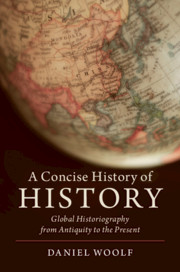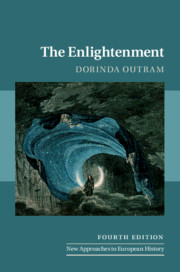Via the
Portail universitaire du droit, we learned of the publication of an edited collection on law in the Austro-Hungarian Empire (with contributions in French and German).
ABOUT THE BOOK
Dans la deuxième moitié du 19e siècle, Vienne et Budapest sont devenues deux grandes capitales intellectuelles de l'Europe. L'Autriche-Hongrie est aussi à l'origine d'évolutions quelque peu oubliées en Europe occidentale, avec notamment une contribution exceptionnelle au développement de la culture juridique européenne. Les juristes de différentes nationalités, actifs dans l'Empire austro-hongrois, jouèrent un rôle majeur dans le développement du droit et de la science du droit en Europe. L'ouvrage, regroupant les rapports presentés au colloque tenu a Strasbourg les 17 et 18 novembre 2017, a pour but de rappeler quelques éléments particulièrement importants de cette contribution.
TABLE OF CONTENTS
Arnaud Duranthon, Catherine Haguenau-Moizard, Krzysztof Wojtyczek, Avant-propos, p. VII
1. Introduction
Krzysztof Wojtyczek, L'Autriche-Hongrie des années 1867-1918 : un phénomène intellectuel et juridique exceptionnel, p. 1
2. La Constitution austro-hongroise de 1866-67
Andrzej Dziadzio, Die Grundrechte der Dezemberverfassung von 1867 in der administrativen Praxis - zwischen Bürokratie und Rechtsstaat, p. 15
Thomas Olechowski, Das Reichsgericht, p. 33
Sebastiaan Van Ouwerkerk, L’Autriche-Hongrie, la doctrine publiciste française et le problème des formes politiques, p. 47
3. La théorie du droit
Mathias Jestaedt, Die „Entzauberung“ des Rechtsdenkens – Hans Kelsens „Hauptprobleme der Staatsrechtslehre“ aus dem Jahre 1911 –, p. 85
Clemens Jabloner, Zur Entwicklung der Reinen Rechtslehre gegen Ende der Österreichisch - Ungarischen Monarchie, p. 101
Mate Paksy, La Théorie pure du droit et l’interprétation juridique, p. 121
Johann Helwig, Cercle de Vienne et École viennoise de la théorie du droit, p. 151
Miriam Gassner, Hans Kelsen und die weltweite Verbreitung seiner Rechtslehre, p. 171
4. Le rayonnement du droit austro-hongrois en Europe
Fryderyk Zoll, Das österreichische Recht und die kulturelle Vielfalt der österreichischen Monarchie – eine juristische Geschichte aus Galizien mit einem Ausblick auf das heutige Europa, p. 185
Eszter Cs. Herger, Das Nebeneinanderleben des österreichischen und des ungarischen Privatrechts im Königreich Ungarn und in den Nebenländern der Ungarischen Krone zwischen 1848 und 1918, p. 195
Piotr Czarny, Einfluss des österreichischen öffentlichen Rechts aus der Periode der konstitutionellen Monarchie (1867-1918) auf polnisches Verfassungs- und Verwaltungsrecht in der Zwischenkriegszeit und in der Gegenwart, p. 217







